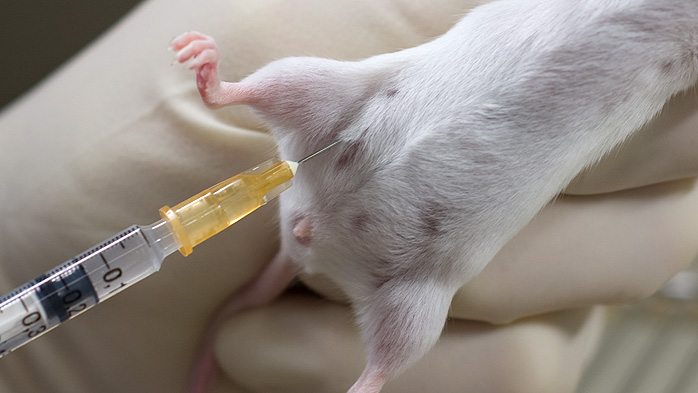Local Anaesthetics for Laboratory Rodents – Use or Misuse?

Ahead of each of our workshops, I like to do some personal CPD, and recently I’ve been revisiting the topic of local anaesthetic use in small rodents—a subject that sparked a lot of discussion during our previous pain and anaesthesia sessions.
Use of local anaesthetics in rodents is clearly on the rise. In fact, over 60% of respondents to the recent FELASA working group survey reported using them. But are we using them effectively or appropriately? Dose recommendations are available in textbooks and guidance documents, but these are often not backed by peer-reviewed studies. The FELASA survey showed a wide dose range for lidocaine (2-10 mg/kg, with one outlier as high as 40-50 mg/kg), mirroring doses used in dogs. But is this suitable for small rodents?
We need to ask: What doses are safe and effective for these species? Are adverse effects being overlooked? And how might local anaesthetic use interact with certain types of research?
Rodents are often the very models used to study pain and analgesia in humans, so unsurprisingly, the literature is vast. While I haven’t conducted a formal systematic review (though if someone wants to do this, it would make an excellent topic!), my recent dive into the evidence suggests that there’s real potential to use local anaesthetics more widely—and to explore some of the newer agents now available.
I will be incorporating more discussion on this in our upcoming online workshop on Updating Anaesthesia and Analgesia for Laboratory Rats and Mice. I hope to see you there!


